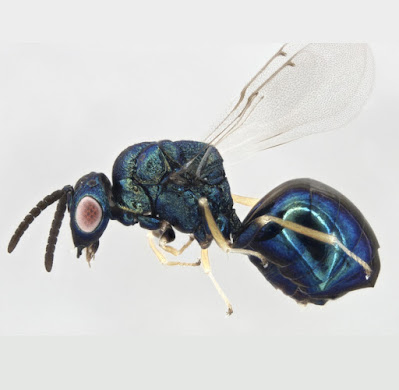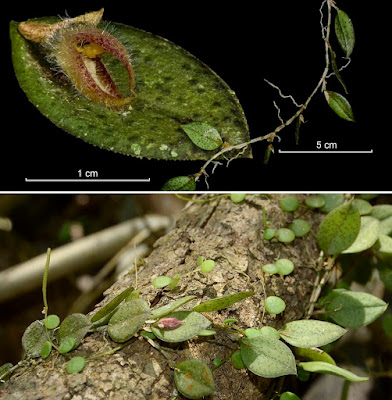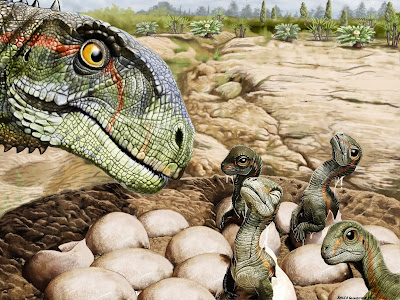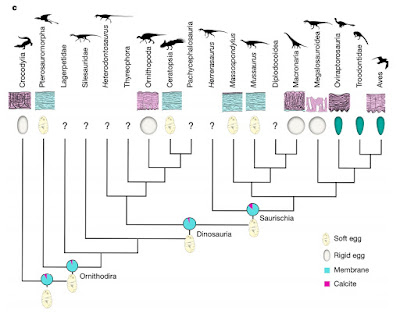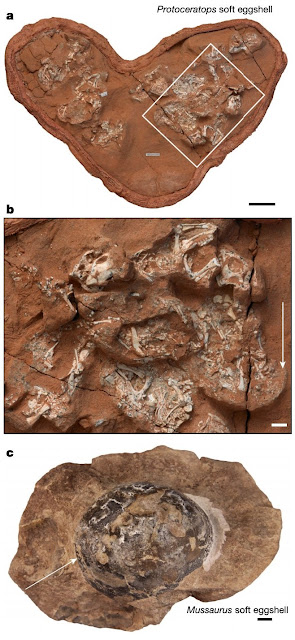[Most Recent Entries] [Calendar View]
Monday, November 30th, 2020
| Time | Event | ||
| 2:57a | [Entomology • 2020] The New World Ant Parasitoid Genus Orasema (Hymenoptera: Eucharitidae)
Abstract A key is provided to 16 recognized species groups, plus several species not assigned to species group, of Orasema Cameron (Eucharitidae), a widespread New World genus of myrmicine ant (Formicidae: Myrmicinae) parasitoids ranging from northern Argentina to southern Canada. Eight of the species groups are revised, of which five are newly established; keys are given to the species of each treated group, 22 species are newly described, and detailed life histories of several well-documented species are discussed. Revised are the Orasema coloradensis group (four species: O. coloradensis Wheeler, O. iridescens n. sp., O. scaura n. sp., and O. violacea Ashmead), the Orasema bakeri group (six species: O. bablyi n. sp., O. bakeri Gahan, O. dubitata n. sp., O. polymyrmex n. sp., O. taii Chien & Heraty, and O. texana Gahan), the Orasema tolteca group (two species: O. castilloae n. sp. and O. tolteca Mann), the Orasema sixaolae group (newly established, with four species: O. brachycephala n. sp., O. nebula n. sp., O. sixaolae Wheeler & Wheeler, and O. tinalandia n. sp.), the Orasema acuminata group (newly established, with two species: O. acuminata n. sp. and O. cerulea n. sp.), the Orasema peraltai group (newly established, with two species: O. chrysozona n. sp. and O. peraltai n. sp.), the Orasema johnsoni group (newly established, with two species: O. johnsoni n. sp. and O. spyrogaster n. sp.), and the Orasema heacoxi group (newly established, with two species: O. heacoxi n. sp. and O. masonicki n. sp.). Newly described or treated species not placed to species group are O. brasiliensis (Bréthes), O. cirrhocnemis n. sp., O. monstrosa n. sp., O. mutata n. sp., O. psarops n. sp., and O. roppai n. sp. Species concepts and relationships are based on morphology and a recently published molecular phylogeny. Keywords: Hymenoptera, Oraseminae, Chalcidoidea, Myrmicinae | ||
| 4:58a | [Botany • 2020] Acianthera villahermosae (Orchidaceae, Pleurothallidinae) • A New Species of Acianthera from the Cordillera Central of Colombia
Acianthera Scheidweiler (1842: 292), a genus historically placed under the synonymy of Pleurothallis Brown (1813: 211), was reinstated by Pridgeon & Chase (2001) and redefined on the basis of molecular studies by Pridgeon et al. (2001). Additional DNA-based phylogenetic reconstructions, using broader sets of Acianthera species, resulted in further refinements in the circumscription of genus (Chiron et al. 2012, Karremans & Rincón-González 2015, Karremans et al. 2016).  Milton Rincón-González, Mario Alexei Sierra-Ariza and Adam P. Karremans. 2020. A New Species of Acianthera (Orchidaceae, Pleurothallidinae) from the Cordillera Central of Colombia. Phytotaxa. 474(1); 93–98. DOI: 10.11646/phytotaxa.474.1.10 Acianthera nikoleae; Acianthera testifolia; Apoda-prorepentia; taxonomy; Tolima; Villahermosa; Monocots | ||
| 4:30p | [Paleontology • 2020] The First Dinosaur Egg was Soft
Abstract Calcified eggshells protect developing embryos against environmental stress and contribute to reproductive success. As modern crocodilians and birds lay hard-shelled eggs, this eggshell type has been inferred for non-avian dinosaurs. Known dinosaur eggshells are characterized by an innermost membrane, an overlying protein matrix containing calcite, and an outermost waxy cuticle. The calcitic eggshell consists of one or more ultrastructural layers that differ markedly among the three major dinosaur clades, as do the configurations of respiratory pores. So far, only hadrosaurid, a few sauropodomorph and tetanuran eggshells have been discovered; the paucity of the fossil record and the lack of intermediate eggshell types challenge efforts to homologize eggshell structures across all dinosaurs. Here we present mineralogical, organochemical and ultrastructural evidence for an originally non-biomineralized, soft-shelled nature of exceptionally preserved ornithischian Protoceratops and basal sauropodomorph Mussaurus eggs. Statistical evaluation of in situ Raman spectra obtained for a representative set of hard- and soft-shelled, fossil and extant diapsid eggshells clusters the originally organic but secondarily phosphatized Protoceratops and the organic Mussaurus eggshells with soft, non-biomineralized eggshells. Histology corroborates the organic composition of these soft-shelled dinosaur eggs, revealing a stratified arrangement resembling turtle soft eggshell. Through an ancestral-state reconstruction of composition and ultrastructure, we compare eggshells from Protoceratops and Mussaurus with those from other diapsids, revealing that the first dinosaur egg was soft-shelled. The calcified, hard-shelled dinosaur egg evolved independently at least three times throughout the Mesozoic era, explaining the bias towards eggshells of derived dinosaurs in the fossil record. Mark A. Norell, Jasmina Wiemann, Matteo Fabbri, Congyu Yu, Claudia A. Marsicano, Anita Moore-Nall, David J. Varricchio, Diego Pol and Darla K. Zelenitsky. 2020. The First Dinosaur Egg was Soft. Nature. 583; 406–410. DOI: 10.1038/s41586-020-2412-8 ¿Blandos o duros? El enigma de los huevos de dinosaurios Un estudio publicado por un equipo internacional de científicos sugiere que los primeros dinosaurios ponían huevos con cáscara blanda, un hallazgo que disputa la opinión predominante y permite especular sobre cómo estos animales cuidaban a sus crías. |
| << Previous Day |
2020/11/30 [Calendar] |
Next Day >> |
